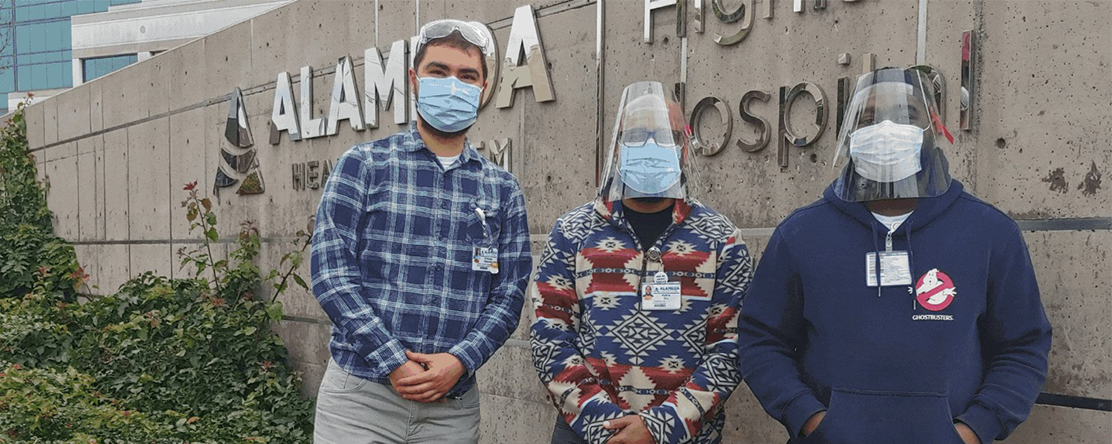
In the News
Funding for CA Bridge Substance Use Navigators In Jeopardy
- San Francisco Chronicle
-
Focus Areas
Alcohol, Tobacco, Drugs & Mental Health -
Programs
Bridge, CA Bridge -
Strategic Initiatives
Opioids

“Health providers and addiction experts warn the funding structure is unstable for a California initiative that steers patients with substance use disorder into long-term treatment after they are discharged from emergency rooms, which has already led some critical employees to leave their jobs.
Supporters of CA Bridge’s behavioral health navigator program, which started in 2022, say its reliance on one-time money makes it hard for hospitals to retain navigators amid a growing drug crisis. In 2022, the most recent year for which data is available, 7,385 Californians died from opioid-related overdoses, of which 88% involved fentanyl, a synthetic opioid that can be 50 times as strong as heroin.
“This should be very basic, 101 first aid for opioid use disorder, and we are truly struggling to sustain it,” said Andrew Herring, an emergency medicine physician at Highland Hospital in Oakland and a co-founder of CA Bridge. “Everyone is looking at everyone else to pay for this. The doctors, nurses, social workers and care managers are standing by, ready to do work that is inherently compelling and wonderful, but they’re simply not being paid to do it.”
The navigator program is just one component of CA Bridge, a multilayered program intended to expand the use of medications for substance use disorders in ERs. CA Bridge pays for training for doctors and nurses to increase the use of prescription medication, and its navigator program pays hospitals up to $120,000 to contract with behavioral health workers.
Currently, 284 navigators have been assigned to place patients into long-term treatment after they are discharged from an ER. Once a year is up, hospitals have the option to bring navigators on staff or allow those contracts to expire. CA Bridge officials confirmed more than a hundred navigators have left their positions.
In response, state officials say they are trying to expand the use of Medi-Cal, the state’s Medicaid program, which covers low-income people, to help pay for navigators by nudging managed-care plans to cover such services. Officials said the state is also trying to secure additional federal grants through March 2025. However, Democratic Gov. Gavin Newsom did not include new state funding in his latest budget in the face of a $38 billion deficit.
CA Bridge started in 2018 and has since received almost $100 million in federal and state money as it has expanded across California. As of January, 265 hospitals with emergency departments, or 83% of those in the state, are participating in the program and about 100 hospitals have hired navigators as permanent staff. According to a January 2023 CA Bridge report, 76,801 patients have been prescribed buprenorphine, and an estimated 34,560 were connected to follow-up care.”

For opioid use disorders, we have highly effective medications. It’s not like we don’t know what works. It’s just a matter of getting them out there.Aimee Moulin, MD
Principal Investigator and Co-Founder of CA Bridge
Related Stories
CA Bridge’s Funding Woes Threaten Substance Abuse Treatment Amid Fentanyl Crisis/ BNN
California’s Battle Against Opioid Crisis Faces Funding Cliff, Threatening Lifeline for Thousands/ Medriva
California Study Reveals Emergency Room Interventions Boost Chances in Opioid Fight/ Hoodline
Click on the link below to read the full article.
Originally published by San Francisco Chronicle
More Updates
Work With Us
You change the world. We do the rest. Explore fiscal sponsorship at PHI.
Support Us
Together, we can accelerate our response to public health’s most critical issues.
Find Employment
Begin your career at the Public Health Institute.



